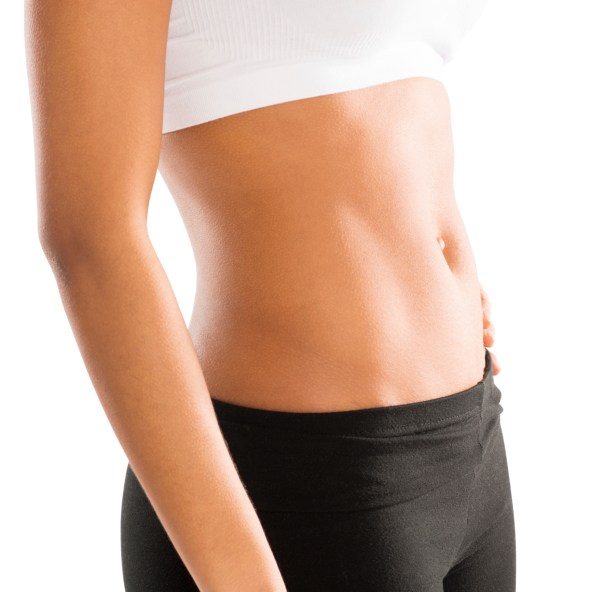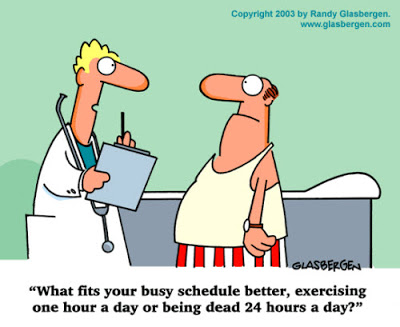Why Strictly Nasal Breathing At Exercise Is Beneficial for Diabetes and Heart Patients
Decades of medical research and dozens of clinical studies have shown that patients with heart disease and/or diabetes have heavy breathing at rest. (You may find over 15 such studies on my website.) Instead of breathing 6-7 L/min (the medical norm), they pant up to 15-18 L/min at rest.
Furthermore, numerous medical studies have clearly shown that development of diabetes and heart disease is based, on a cell level, on low body oxygen content. Tissue hypoxia is the cause of both conditions.
How can breathing relate to oxygenation of cells? What could be wrong with over-breathing (or hyperventilation)? What this has to do with exercise?
Firstly, the normal breathing pattern is diaphragmatic and it delivers almost maximum possible oxygen content for the arterial blood (approximately 98-99 percent). Meanwhile, deep or big breathing is accomplished by means of the thoracic or chest muscles. This is the case with heart disease and diabetes patients. As a result, lower divisions of our lungs do not receive new air supply with superior oxygen content. Consequently, oxygenation of the arterial blood is decreased.
In the second instance, CO2, the ingredient that we exhale away, is certainly a most potent known vasodilator. Hence, heavy breathing decreases blood availability to each vital organ of the body.
As a final point, carbon dioxide is definitely indispensable for detachment of O2 from red blood cells so that it can get to tissues (the Bohr effect).
As a result, heavy breathing leads go low oxygen content in cell and tissues. When we breathe more air at rest, we get less oxygen in body cells.
What about exercise and breathing during exercise? Levels of CO2 in the arterial blood remain about the same during exercise. This is because our breathing is mainly regulated by the CO2 drive, not oxygen. As a result, when we start to generate energy and CO2, our breathing becomes heavier. However, when we exercise with mouth breathing, our arterial CO2 is less. Nose breathing creates more resistance and leads to less ventilation, thus, rising arterial CO2 and improving oxygen transport.
An additional factor relates to nasal nitric oxide, another powerful chemical that relaxes and dilates blood vessels, and lowers heart rate. Mouth breathing prevents absorption of nasal nitric oxide leading to increased heart rates during exercise.
Over 180 Russian medical doctors have been taught the Buteyko breathing techniques to over 20,000 people with heart disease and diabetes. These doctors found that mouth breathing at exercise can easily lead to heart attacks in heart patients, while both heart patients and diabetics often experience dyspnea (shortness of breath). (Bear in mind that hundreds of people die from coronary artery spasms during exercise due to mouth breathing.)
They also discovered that nose breathing is totally safe, but requires lower intensity (e.g., walking) for those who are not fit and have less than 20 seconds for the body oxygen test.
As a result, all these Russian medical professionals teach their patients that all exercise and physical activity must be done with nose breathing only (in and out). This helps to adapt the respiratory center to higher CO2 and slow down breathing patterns for many hours after the exercise. As a result, patients have slower and lighter breathing, more oxygen in body cells, and less symptoms.
In addition, breathing exercises and lifestyle changes are very beneficial to improve body oxygen levels. Some state-of-the-art respiratory retraining programs include: Oxygen Remedy, Amazing DIY breathing device, the Buteyko therapy, and Frolov breathing device.
-
Lead By Example and Fight Obesity!
I dont usually read the papers or nation
-
Suggestions To Lose That Stubborn Excess Weight
A collection of tips on how to begin lo
-
Fast Ways On How To Lose Weight Effectively
It is important to educate yourself before beginning your weight
-
Weight Loss Pills Can Give You That Extra Boost You Need
Youll read all over the place how important it is to get your body wei
-
Spice It Up To Increase Your Metabolic Rate
Spice it Up to Increase Your Metabolic Rate The metabolism process
-
7 Ways To Stop Negativity And Boost Self-Worth
I recently saw a promotion for a new book that made the unlike
- DON'T MISS
- Everyday Exercise Schedules: The Confident Tactic to Get Fit
- The Whole Grain Face-Off
- Important Acai Berry Information: Acai Weight Loss Scam
- Health Benefits of Weight Loss: A New You is Just Around the Corner!
- How to Lose Arm Fat for Women - 5 Exercises to Remove those Fats on the Arms
- Are You An Aspiring Bodybuilder? Here Are Some Fundamentals to Guide You
- Laser Weight Loss Treatment a Fast and Effective Fat Melting Treatment
- Oat: Food of the Month
- The Magic Word of Goal Success
- The Value of a Healthy Breakfast For Weight Loss




